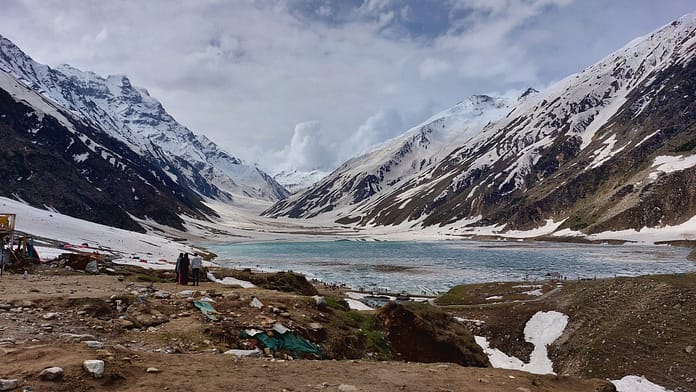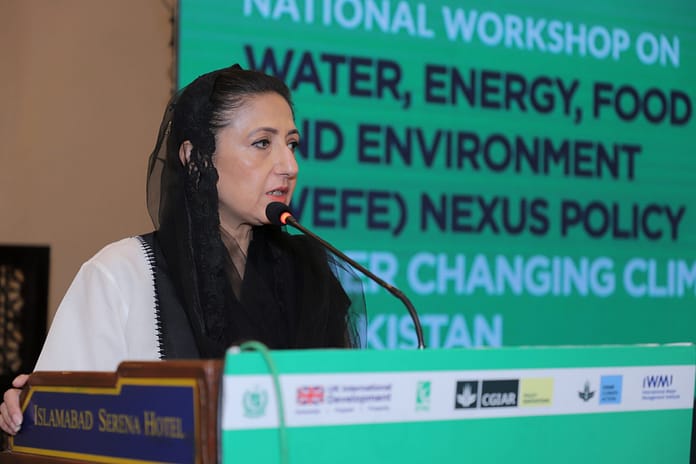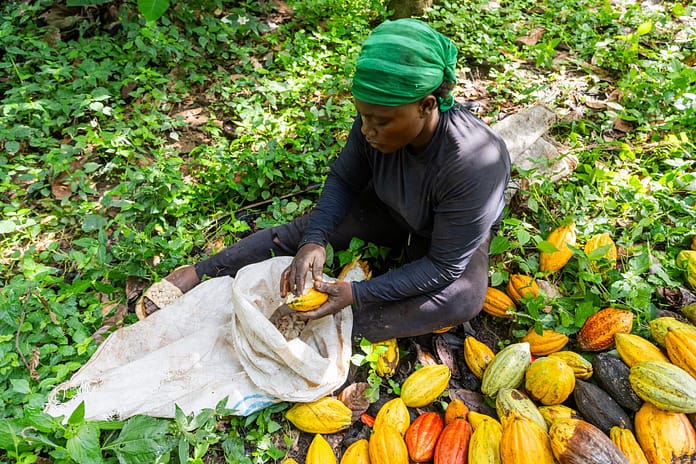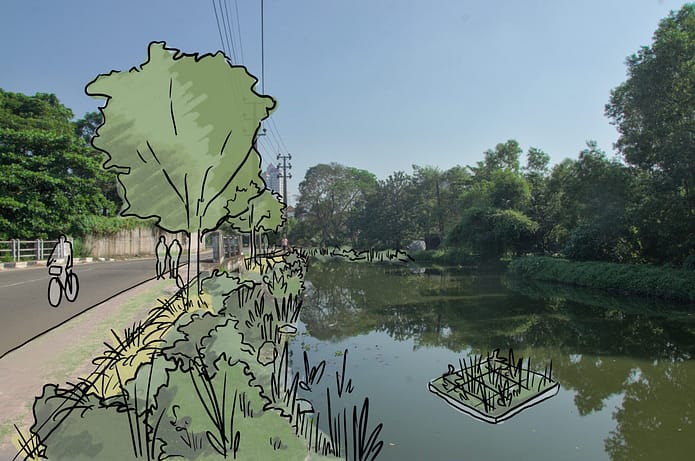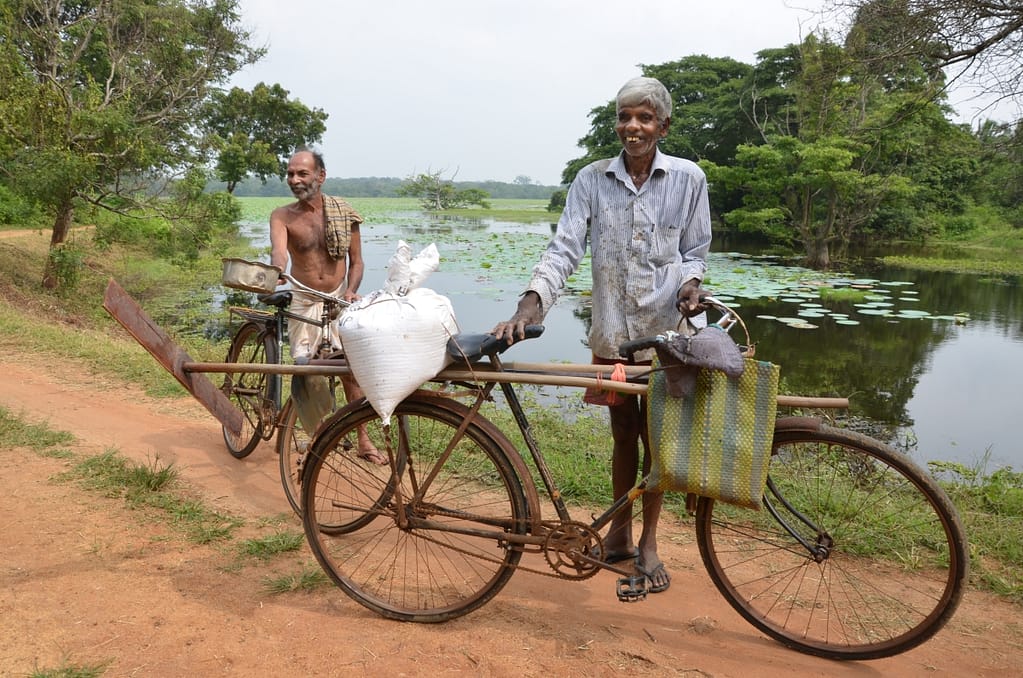
Sri Lanka ranked among the world’s ten most climate-vulnerable countries, is feeling the pressure of a rapidly changing climate. In response, the International Water Management Institute (IWMI) and the International Union for Conservation of Nature (IUCN) joined forces this August for a first-of-its-kind symposium aimed at moving science from research papers to real-world solutions.
Hosted at IWMI’s Colombo headquarters, the event brought together scientists, policy makers and conservationists to chart practical pathways for protecting the island’s water systems and biodiversity.
“When the right partners come together, complex environmental challenges become solvable,” said John Simaika, Senior Researcher – Aquatic Ecology at IWMI and symposium chair.
Three priority areas for joint action emerged from the symposium, reflecting both their urgency and alignment with community needs on the ground. The first is updating the Sri Lanka Wetland Directory as a modern guide for conservation, policy and sustainability efforts. The second focuses on designing payment systems for ecosystem services, exploring innovative financial mechanisms. The third emphasizes integrating eco-system service management across Sri Lanka’s tea landscape.
The symposium presentations demonstrated how IWMI and IUCN initiatives are turning science into community-driven action across Sri Lanka. In Jaffna, solar-power monitoring and school-led citizen science projects are helping to manage parched aquifers. Economic valuations of Kalu Oya and Mudun Ela catchments showed these wetlands contribute an estimated $14.5 million annually through flood control, groundwater recharge, food production and carbon storage.
Meanwhile, innovative public-private partnerships in Anuradhapura’s Siyabalagaswewa forest have restored biodiversity in 135 hectares, securing legal protection for regenerated land and supporting over 300 local farmers through climate-smart agriculture. In Kanneliya rainforest, a five-year restoration effort cleared invasive fern species and reintroduced over 18,500 plants across 90 species, encouraging the return of 67 animal species.
“What made this symposium so valuable was seeing science, policy and community voices align. It gives us the momentum to act together, not in silos,” said Shamen Vidanage, Country Representative at IUCN Sri Lanka.
Looking ahead, the partners identified new areas for longer-term collaboration, including river flow management, freshwater biodiversity mapping, mangrove and forest restoration, regenerative farming and embedding climate analysis into nature-based solutions.
By uniting science, policy and community action, IWMI and IUCN are setting the stage for impactful projects that conserve Sri Lanka’s natural heritage and empower its people to thrive in the face of climate change.







